Patriarchy in Bollywood is a big problem, sure. However, today we discuss one secret ingredient that you need to make a Bollywood superstar. And it’s not acting chops.
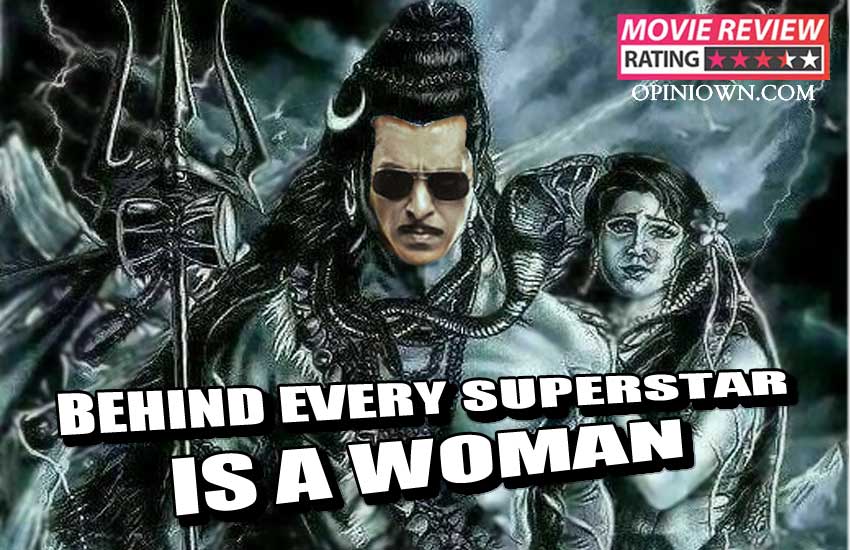
India as we know, is a patriarchal society. Indians (both men and women) ogle over male masculinity, and laud female femininity, everything else is an aberration. What I’m going to talk may sound ‘lookist’, since I would be judging people on their cosmetic beauty. But when it comes to the show-biz, outer appearance plays a large role in an actor’s success, even though it is not the only factor.
Let’s first start with one of the lesser-talked-about aspects of patriarchy in Bollywood.
The Downward Social Comparison
In India, since the 60s or the Golden Era of Bollywood, male actors have been lauded through the hero effect. Academic Philip Zimbardo defined the Hero effect in his 2008 TED Talk as taking a personal risk for the common good while others remain passive.
If you come to think about it, the hero in an average movie is shown doing good deeds, a.k.a. saving the girl, or saving the day, while the heroine is a damsel-in-distress and the other characters are either villains or passive by-standers.
To achieve this, the main male character is written as the one with depth, personality and valiant qualities, while the other characters are written as one-dimensional and passive. This makes the male lead seem better, more interesting, and even hero-like, in contrast. While this started many decades ago, patriarchy in Bollywood still exists today.
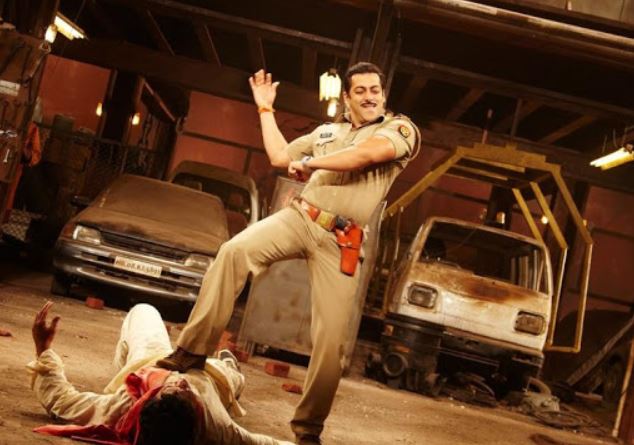
Social psychologist Leon Festinger proposed the Social Comparison theory in 1954. According to this theory, individuals self-evaluate their abilities by comparing themselves to others. A downward comparison is when you compare yourself to someone who you consider to be worse off than yourself, in order to feel better about yourself.
According to my theory, a downward social comparison is often used in screenplays to make the male lead seem heroic and admirable by making the audience compare him with a not-so-awesome heroine. Let’s call this the Bollywood Cringy Heroine Formula.
Patriarchy in Bollywood Finds its Roots in Indian History
Male superstars achieved their heroic image, where the audience essentially started accepting them as gods and began to forego any of their mistakes. Patriarchy in Bollywood stems from the audience’s love for hyper-masculinity in cinema.
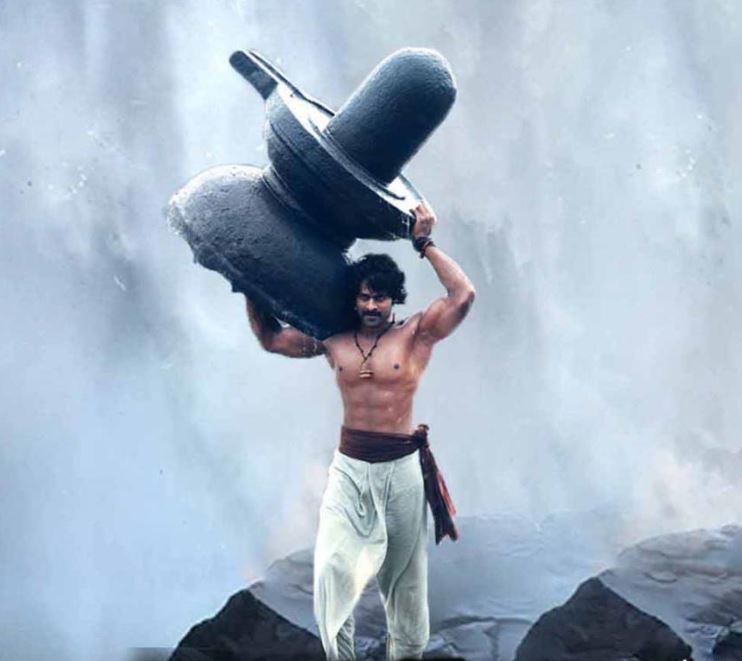
The Indian history is all about hyper-masculinity, as before the British raj, kings used to be the public’s idols. Actually, the idolized superstars are just the modern-day-versions of kings, who people considered equivalent to heroes and gods.
In the Indian film industry (aka Bollywood), a superstar is an actor who develops immense fandom and a cult status. Thus, his acting and appearance becomes secondary to his fame. Some Indian actors achieve superstar status right from the beginning of their career, while some acquire it over a period of time.
The Case Study of a Bollywood Superstar
Now let’s take Salman Khan, who is an unmistakable superstar. He is an Indian heartthrob, and has starred in at least 5 of the top 25 highest-grossing Bollywood movies of all time, including Bajrangi Bhaijaan, Sultan and Tiger Zinda Hai. Forbes named him #3 in their 2019 Celebrity 100 list of the highest-earning celebrities in India with an estimated earnings of ₹ 229.25 crore in 2019 alone.
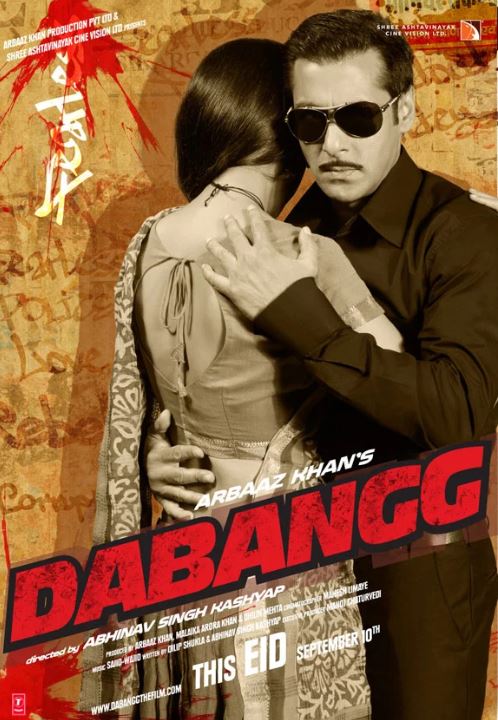
A lot of his films including Tere Naam, Dabangg, Wanted showed the female lead as feeble, one-dimensional or dumb, further re-emphasizing patriarchy in Bollywood.
In fact, public-sentiment about the actor is so positive through his do-gooder roles in films like Bajrangi Bhaijaan, that his being charitable became a topic of discussion during his hit and run trial. Forbes even went on to say that the public thinks, “To jail him would be to unfairly deny so many who are in need of his heart-warming largesse.”
However, Salman wasn’t always the real-life-hero he is now. In beginning of his career, he starred in movies like Maine Pyar Kia, Saajan, and Hum Aapke Hain Koun, and he was a good lead to play the role of a hero. He had all the oomph and style, but wasn’t considered anywhere close to a superstar. In some of his initial hits he was paired against heroines like Madhuri Dixit, who was way more beautiful and charismatic than Salman Khan.
With a stronger screen-presence, Hum Aapke Hain Koun made Madhuri a super star and not Salman. In my opinion, an actor develops a superstar image only when he can be compared with someone who is less awesome, is less memorable or less cosmetically beautiful onscreen and with not that great acting skills – Madhuri Dixit is certainly neither.
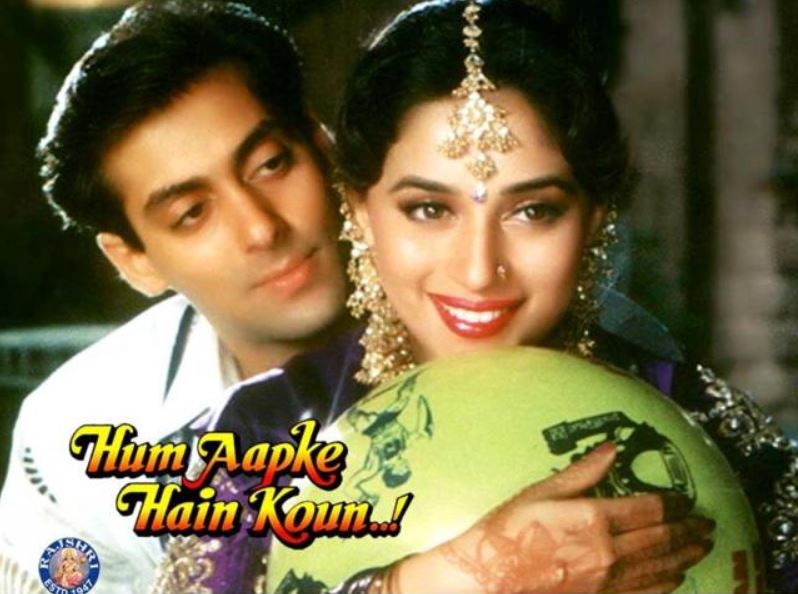
The Female Superstars
Some actresses in India challenged patriarchy in Bollywood and rose to superstar status. One more victim of Madhuri Dixit’s awesomeness was Sanjay Kapoor. I believe his career could never take-off, as got himself paired with Madhuri Dixit and later Sridevi.
Both these actresses are true superstars to the core – extremely good-looking, graceful, and with exceptional acting talent and on-screen presence. As I mentioned before, India being a patriarchal society, lauds female femininity and traditional elegance, which both these actress have aplenty.
If you were an actor and got paired with them in a movie, it’s highly unlikely you would have survived for long in front of Indian movie going audience. For example, Sridevi’s films like Khuda Gawah and Chandni did much for her public-image. However, they didn’t do much for Amitabh Bachchan and Rishi Kapoor’s, respectively. However, Anil Kapoor here is an exception – he’s a superstar of a different league.
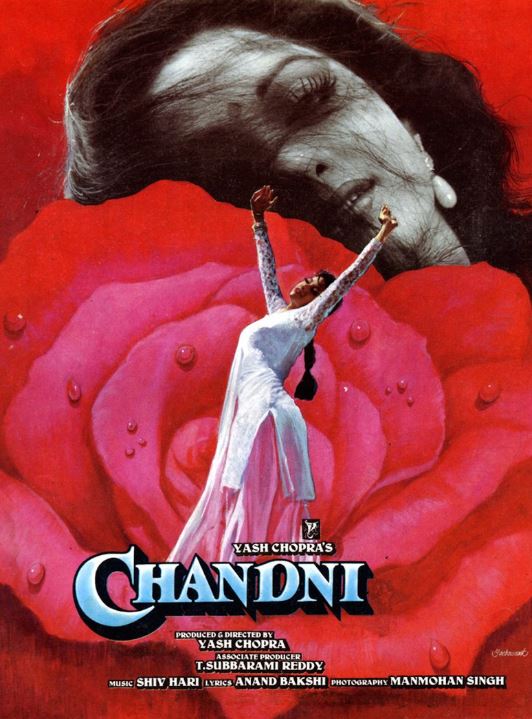
The Khan Supremacy
Just like Salman, Aamir Khan had a similar low career initially, it was only much later that he rose to superstardom. Instead of picking roles with the hero effect, Aamir relied on his own acting prowess and screen presence to increase his popularity. That’s why he could deliver successful films with grey characters like in Rangeela, Jo Jeeta Wohi Sikandar and Hum Hain Rahi Pyar Ke.
However, a lot of his hits underline the problem of patriarchy in Bollywood, albeit in a smart way. Such movies have his character written in a way that it looks bigger or more important than the other characters and the actress, such as Rang De Basanti, Lagaan, 3 Idiots and Dil Chahta Hai.
Coming to Shah Rukh Khan, he rose to superstardom pretty fast. Two of his initial movies Baazigar and Darr were unconventional during the time of their release. However, what launched Shah Rukh superstardom image was his pairing with not so awesome actresses, Kajol and Juhi Chawla.
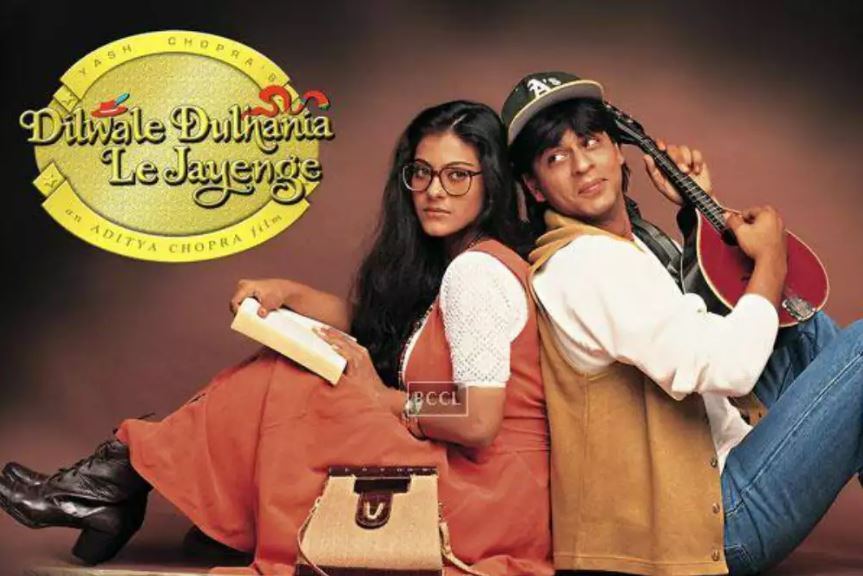
While both these actresses are fun to watch, both had at least one element of awesomeness missing. And in my opinion, that’s one of the reasons they lasted very long in the patriarchal Indian film industry. Shah Rukh later struggled when he got paired with Madhuri Dixit (in Dil to Pagal Hai). All of us remember what an awkward dud he seemed in front of her! At least, he got Akshay Kumar in a really bad hairstyle to look like the better choice in comparison. And now you can guess the reason why!
The Curious Case of the Annoying Heroine
How can we talk about sexism and patriarchy in bollywood movies without analyzing gender stereotyping…
If you think about it, it’s a common thing for the female lead roles to be slightly unlikeable or annoying. Toxic femininity, childish attitude, questionable IQ levels or irksome character traits are on the menu. It is sometimes designed to make the male lead seem more talented, courageous and full of depth in contrast. This is a factor that causes the downward social comparison, too. Let’s dissect some of them.
Let’s look at Hrithik Roshan, who in 2000, got the perfect launch of a superstar. Patriarchy in Bollywood is also a problem with it comes to star debuts.
Hrithik got paired opposite debutante Ameesha Patel in his first movie Kaho Na Pyar Hai. Forgive me for sounding cocky here, Ameesha Patel would have thought she’s getting the break of the century with a film that was designed to succeed. And succeed it did. But little did she know her character was written to be the launch-pad for the director’s son, Hritik Roshan.
Hrithik, when compared with Ameesha Patel, was straightway shot to superstardom, as Ameesha Patel – forgive me for saying this – lacked both vital elements of stardom. Later she helped Sunny Deol in Gadar and Aamir Khan in Mangal Pandey, which restarted their careers.
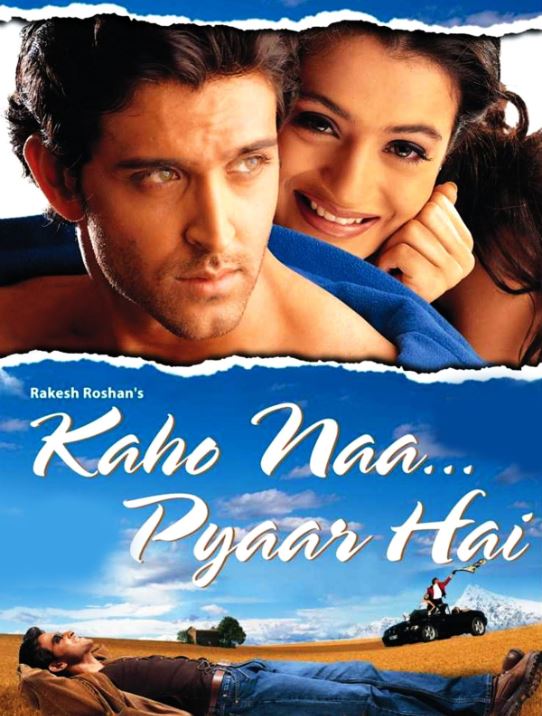
Another director’s son, Harman Baweja (Love Story 2050 infamy) tried to copy this launch formula. Alas, he made a debut with Priyanka Chopra. The outcome was disastrous. Priyanka Chopra, with some really strong characters already in her kitty, is no stranger to stardom. Downward social comparison worked in her favor.
Pairing isn’t Everything. But it’s Important.
I wouldn’t say its only pairing that makes one a superstar. There are a lot of other factors too like the actor’s basic personality & skills, the movie’s production value, PR, etc. But the right pairing makes a considerable difference between a regular ol’ star and Bollywood superstar.
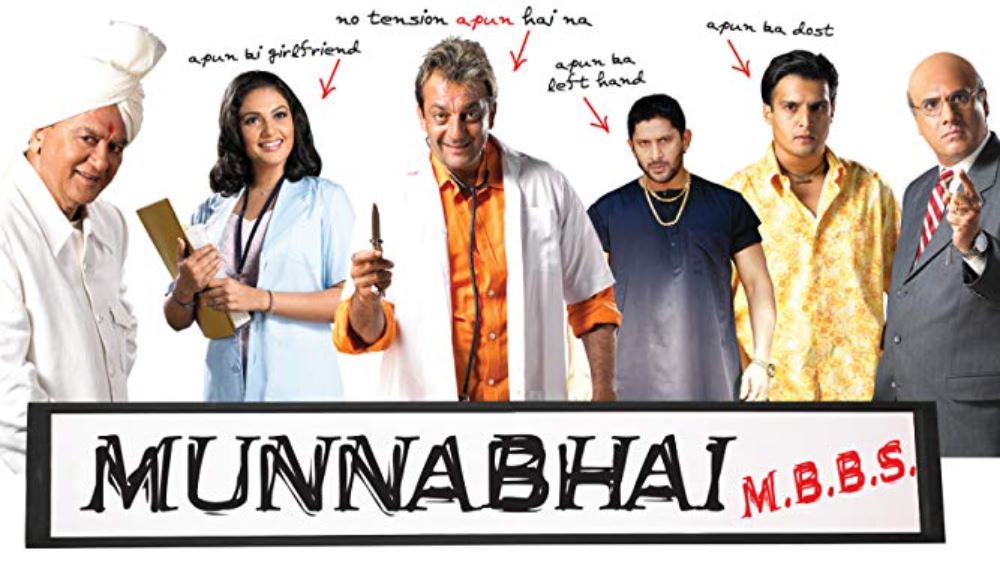
By now, you would have deciphered more examples of patriarchy in Bollywood when it comes to superstars. And that not-so-awesome actresses have been cast or portrayed in some of the greatest hits in Bollywood who helped the male actors achieve superstar status. Just jog your memory a little and recall the roles played female actress leads like Gracy Singh in Munna Bhai & Lagaan, Anushka Sharma in P.K. (sorry, Anushka), Rab Ne Banadi Jodi, Sultan, Jab Tak Hai Jaan.
More often that not, the female character is built in such a way that it’s disliked by the audience. Like Anushka’s character in Jab Tak Hai Jaan or Rab Ne Banadi Jodi. And when it is likable, a plain actress is chosen to play it, like in Munnabhai M.B.B.S.. Or the male character is written as even stronger, with more emotional depth, like in Don or Dangal.
At other times, the female character is just not as important to the overall plot itself. For example, in Aakhree Raasta, Sanju, Dhoom 3 or 3 Idiots. All other cases are rare – exceptions rather than norm. If you look deep into your Bollywood history, I’m sure you will find more correlation to my theory. This is not just the case with Bollywood, but also many Hollywood films, such as Jurassic World & Interstellar.
What About the Female Superstars?
Now lastly, let’s look at some of the awesome heroines who struggle find good movies for themselves in Bollywood, once they acquire both the elements of awesomeness. Look at the careers of Manisha Koirala, Preity Zinta, and Priyanka Chopra. These are, without doubt, pretty looking actresses with great acting skills. And you may observe their careers came to end when the male Bollywood actors felt they would look like wimps when they get paired with them.
The Cringy Heroine Formula Comes from Marketing
Now this all might sound very harsh and judgmental to many. But it’s actually a simple marketing tactic, as I’ve learned in my marketing career. Often, people make decisions on which product or service to pick from a given product range of the same brand. Marketers make the consumers’ decision making process easy by giving them an illusion of choice, with an obvious better option. So the consumer roots for that product and the seller closes on the sale.
For example, when a new car model is launched, the base + 1 up variant is slightly higher in price but provides much higher value in comparison. According to the car sales data compiled by team-bhp.com, a vast majority (65.21%) of customers said they buy the top variant, whereas only 1.14% chose the base variant.
A similar theory can be applied in movies, where a male or female lead is often paired with a side-kick. This friend is most of the times clumsy and not as good-looking. This makes the qualities of hero or heroine are amplified and you start rooting for them. So please forgive me if I have offended anyone through my opinions, but this however is just my observation.
Co-Author: Shilpa Ahuja

Abhishek Sareen is a marketing professional with over 16 years of experience. He started his career as a management consultant and currently works in international business. He has set up businesses like Track & Trail, BrooksBicycles.com and created consumer brands like Montra, Machcity and Roadeo. He’s is a passionate cyclist and participated in several endurance competitive events like MTB Himalaya. His interests are in behavioral psychology, economics and chess. He is a graduate in Computer Science and an MBA in Marketing. He completed his executive education from IIM-A in 2016 focusing on business strategy.
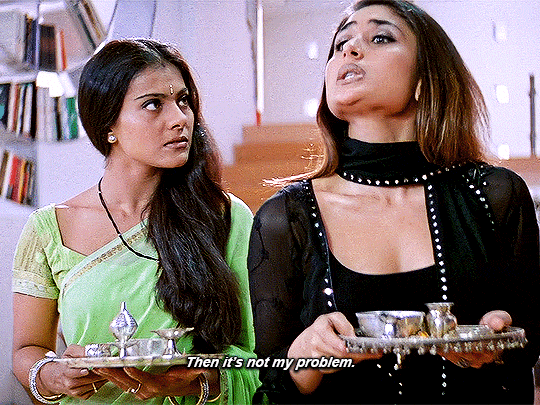
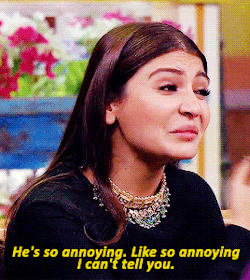
Amazing perspective!!!